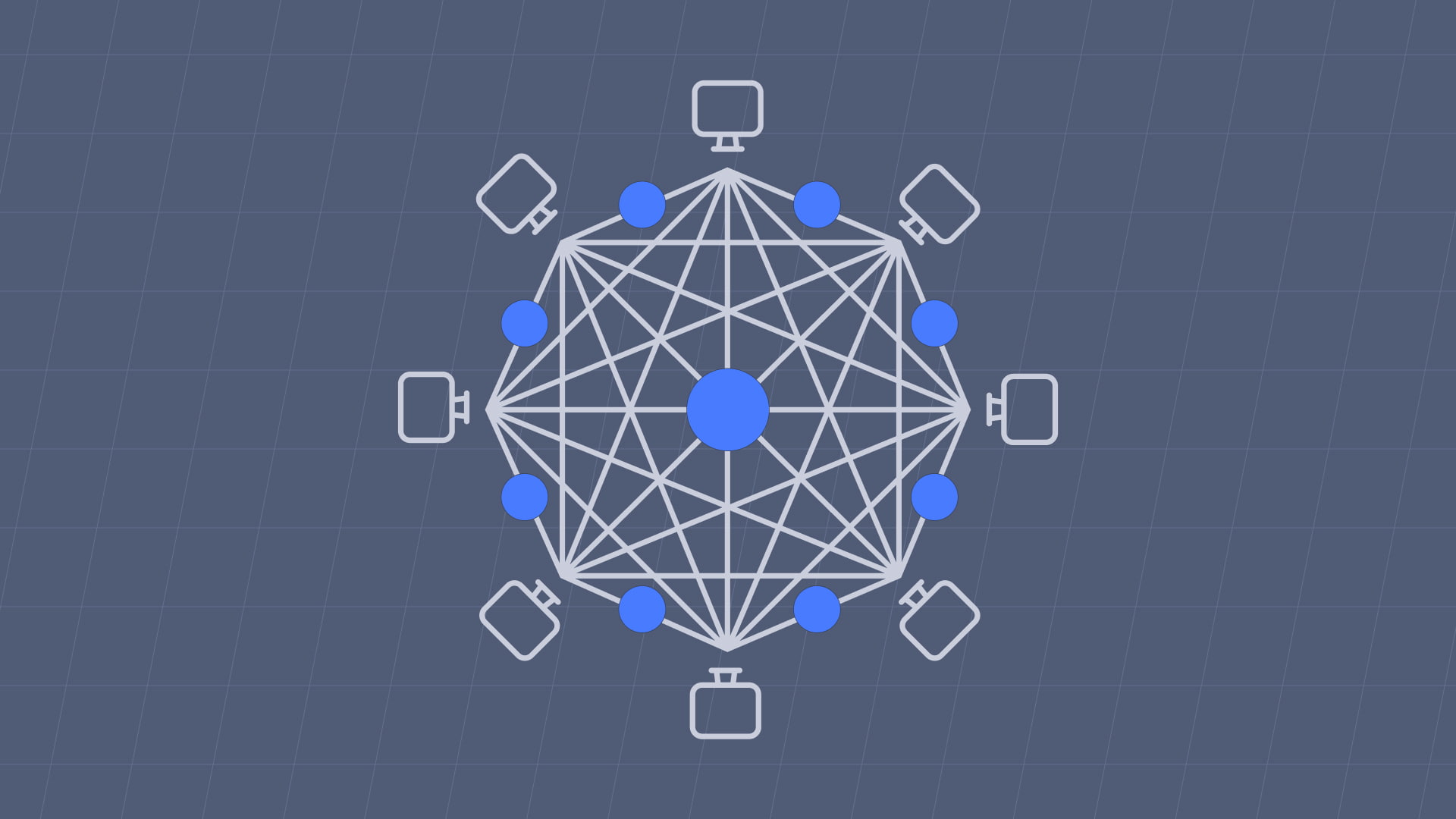Mainnet is a term used in the blockchain industry to refer to the main blockchain network of a particular cryptocurrency or blockchain platform. In this article, we will explore what Main net is, how it differs from other networks, and its components. We will also discuss the Mainnet for popular cryptocurrencies like Ethereum and Bitcoin, as well as the benefits of using it for blockchain-based applications.

What is Mainnet and how does it differ from Testnet and other networks?
Mainnet is the primary blockchain network where all the transactions and data are recorded permanently. It is a fully functioning blockchain network that is publicly available to users. In contrast, Testnet is a network that tests new blockchain features, upgrades, and smart contracts before deploying them on the Main net. Testnets, like Tectum testnet, are often used to find and fix bugs in the blockchain code without risking real assets.
Mainnet is the real blockchain network where transactions are final and recorded permanently, while Testnet is a simulated environment that allows developers to test new features without risking real assets.
What are the components of Mainnet and how can it be used?
The components of Mainnet depend on the specific blockchain platform or cryptocurrency. In general, Main nets consists of nodes, wallets, and a consensus mechanism. Nodes are the computers that keep a copy of the blockchain and verify transactions. Wallets are software applications that allow users to store, send, and receive cryptocurrencies. The consensus mechanism is a set of rules that govern how nodes agree on the state of the blockchain and validate transactions.
Main net serves various blockchain-based applications, such as decentralized finance (DeFi), gaming, social media, and more. Additionally, it plays a role in launching new cryptocurrencies and blockchain platforms.
What Mainnet is BTC on?
Bitcoin, the first and most popular cryptocurrency, is on the Bitcoin main net. This is a decentralized network of nodes that maintains a copy of the Bitcoin blockchain and validates transactions. Bitcoin is a proof-of-work (PoW) cryptocurrency, which means that miners must solve complex mathematical problems to validate transactions and earn new bitcoins as a reward.
What is Mainnet in Binance?
Binance is a popular cryptocurrency exchange that operates on multiple blockchain platforms, including its own blockchain, Binance Chain. The Binance Mainnet is the primary blockchain network for Binance Chain, where all transactions are recorded and validated by a network of nodes. The Binance Mainnet also supports the Binance Smart Chain, which is a high-performance blockchain platform for decentralized applications (dApps).
What are the benefits of using Mainnet for blockchain-based applications?
The benefits of using Mainnet for blockchain-based applications include increased security, reliability, and decentralization. Mainnet is a decentralized network of nodes, which means that there is no central authority controlling the network. This makes it difficult for hackers or bad actors to manipulate the blockchain or steal assets.
Mainnet is also reliable because all transactions are recorded permanently on the blockchain. This ensures that users can trust the validity of transactions and the state of the blockchain. Finally, it is secure because it uses cryptographic algorithms to secure transactions and prevent unauthorized access.
List of Mainnet cryptocurrencies
The following is a list of popular cryptocurrencies with Mainnet:
-
Bitcoin
-
Ethereum
-
Binance Coin
-
Cardano
-
Polkadot
-
Solana
-
Terra
-
Avalanche
-
Cosmos
-
Algorand
Costs Involved in Using Mainnet and Strategies to Minimize Them
Types of Costs
- Transaction fees
- Gas fees
- Network fees
Minimizing Costs
- Choose wallets or exchanges with lower fees
- Use platforms with lower gas fees
- Optimize transaction timing
- Participate in staking or yield farming
Potential Risks and How to Mitigate Them
Main Risks
- Security vulnerabilities
- Network congestion
- Regulatory risks
- Scams or fraudulent activities
Mitigating Risks
- Follow best practices for smart contract development
- Choose networks with scalability and speed
- Stay informed of regulatory developments
- Exercise caution with unfamiliar wallets or exchanges
- Use secure wallets and exchanges
